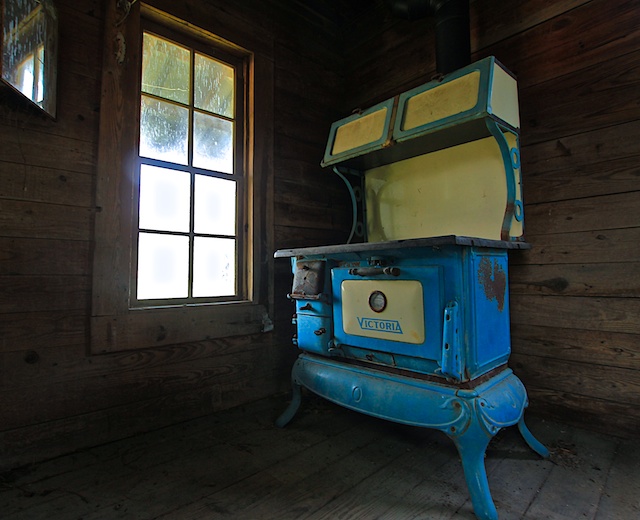
Iron can be heated and poured, molten, into molds of almost any conceivable shape. For the better part of a century objects created in foundries and pieced together by human hands dominated our lives. Iron was the medium of the industrial revolution but wood was it's fuel. The world was conquered with iron and fire. Trees were the first victims of the holocaust that ensued. The hunger for dried tree flesh was rivaled only by the madness for metal. First, sharpened metal in the form of edged weaponry, then metal slugs and metal jackets - high speed projectiles and the containers of fire. He who had the most metal won most disputes and though there were other factors, it's always come down to he who wields the most fire, the best fire, the most spectacularly accurate fire. If Prometheus only knew. All of history seems predicated on the refinement of fire delivery and containment. Burning is the epitome of violence and the father of it. We burn to extract and forge and shape and hurl. To move things fast you need to burn something somewhere along the line. Fire is our god; or not. But fire is the king. He keeps his subjects safe and warm.
An object, made from fire and iron, becomes a container for a smaller and more controlled fire, a personal fire, a pet fire, a fire that eats trees and heats soup. A stove is a fire box and this one, the Victoria, wastes away now in a cabin in rural Georgia. To contain heat, to direct it and disperse it evenly, is a principle that has given us much in the way of comfort and convenience. But those benefits are short-lived; and short-sighted. We now understand better the value of trees, and the harmful effects of smoke. This stove, therefore, is a symbol of arrogance and greed. It is represents consumerism, the disposable society and a transition in lifestyle. If we're no longer tied to the land, why would we expect people to care for it?
This is just a stove. The women who worked here were only trying to live better lives, more productive lives - easier lives. They burned wood because there was an endless supply of it and burning wood was all they ever knew or could foresee. Someone once was very proud to stand before this stove. Someone thought it was beautiful. This stove saved some woman from a life of perpetual toil above an outdoor pit. It helped feed people, this blue stove, and it helped to keep them warm. A family. Maybe a whole generation grew up around this stove. Nobody knew about climate change back then. Nobody could conceive of a hydrogen bomb. They didn't understand mass extinctions or Kalashnikov rifles. Iron and fire were good things, signs of progress, the ease of hardships, the end of suffering, answers to prayers. All the objects in this photograph - the window, the mirror the planks of the walls, all of these things were achieved because we learned how to control fire, to manage heat and flame. And what of the light that shines through this window to illuminate the stove? Fire. The light of a fire 93 million miles away. We owe the very fact that we see to fire. Our greatest evolutionary advancement, our greatest gift - vision, sight - the thing that makes what our brains think of possible. All the result of a very distant, and dying, flame.
[ view entry ] ( 5766 views ) | permalink | related link |




 ( 3 / 1310 )
( 3 / 1310 )

 Random Entry
Random Entry




